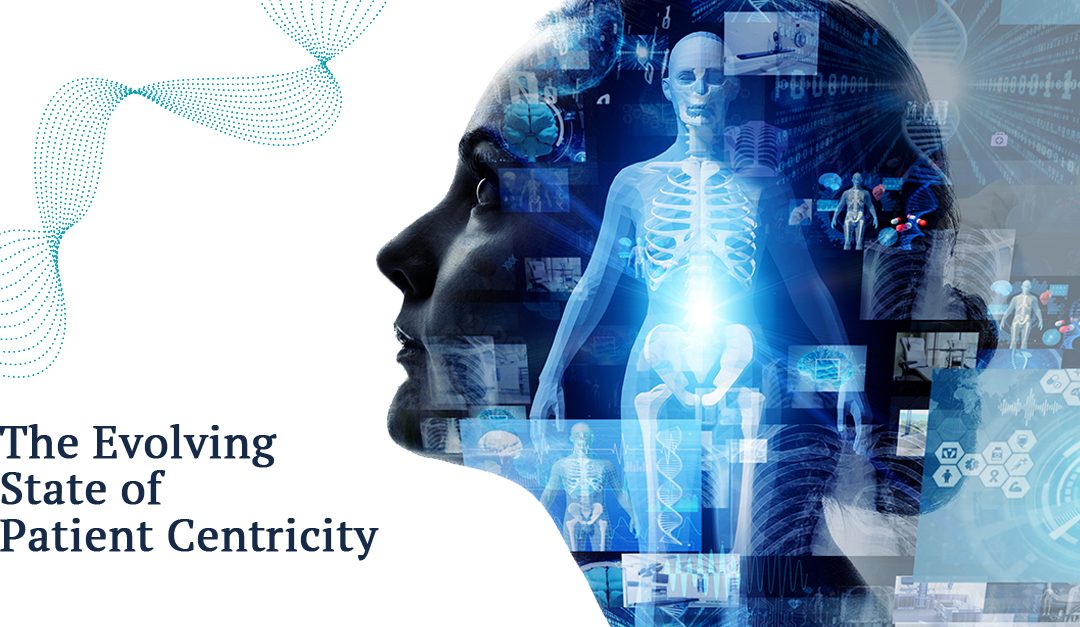The pharmaceutical industry works for patients. Patient centricity has been a point of discussion in pharma for years. Despite this, there is a disconnect between the industry and patients, and pharma’s patient centricity performance has been rated as low. One reason for this is that pharma is quite good at being customer-centric when it comes to healthcare professionals (HCPs), but not as good with patients as their customers. The solution is to make patients core customers and stop viewing them as passive recipients. This would help pharma achieve patient centricity in the true sense.
Medical affairs teams play a crucial role in achieving patient centricity. Some of the most important requirements of patients are affordable access to medicines and healthcare, transparent and credible information, and clinical trials that reflect relevant real-world outcomes. Medical affairs, in cooperation with the commercial and R&D arms, is one function in pharma that can address these needs.
Understanding what patient centricity entails
For pharma, patient centricity entails understanding what patients need and want. It means keeping patients at the front and in the center of all decisions, and involving them at all steps of the way. The end-goal is to offer “health” rather than just a “pill,” i.e., take care of the physical, mental, and emotional well-being of the patient and help patients gain health awareness.
Looking at data and focusing on treatment are abstract ways of understanding patients. This approach only helps with finding the target market or with segmentation. On the other hand, patient involvement in the sense of actually talking to patients; listening to the journey of their disease, their emotional struggles, and victories; and asking questions (not assuming) will help pharma know patients holistically. Thus, pharma should shift its focus to having these conversations with patients and finding avenues to get more patients involved.
Engaging in a direct dialogue with patients
What is important to note here is that the pharma industry primarily thinks that communication with patients means delivering a certain message. However, patients are seeking plain-language answers to disease-specific questions. For example, “Is this disease/condition curable?,” “How will this disease/condition affect my quality of life?,” “How much will the treatment cost?,” “Will there be any side-effects?,” etc.
The life sciences industry seems to avoid this direct dialogue with patients owing to concerns and restrictions such as pharmacovigilance, off-label questions, legal requirements, misinterpretation, and the risks of social media. One solution to this problem is “scenario planning” to understand patient journeys. This will enable pharma to ask the right questions, listen to patients, have a dialogue with them, and solve for specific scenarios and situations that patients face.
Another solution is influencer mapping. Adopting this approach will allow pharma to identify patient influencers and visualize and measure the impact of their voice on patients. Pharma companies can extend their network and reach more patients through these influencers. It will then become easier to identify and collaborate with the correct audience and patient groups, identify and get access to patients who need urgent help, and find opinions and ideas that are the most relevant.
The need to innovate in the digital space to achieve patient centricity
Although pharma is a heavily regulated industry, digital and social media cannot be avoided today. Therefore, pharma is trying new ways to reach its customers while playing by the rules. It has been projected that by 2022, advertisers will spend roughly $15 billion in influencer marketing, and pharma will have a big contribution in this. As discussed above, there are many benefits of influencer marketing as influencers can offer patients the opportunity of direct communication and advice that pharma advertisements do not offer.
From Jan 2020 to Aug 2021, 3900 pharma companies spent $3.2 billion on consumer marketing across print and digital formats. Also, pharma giants are trying to reach out to the younger generations, and the public in general, by going beyond the conventional buy and sell systems and adopting a more “familiar” tone in their digital communication. These are steps in the right direction as a study showed that a third of the adults in the US turn to social media to know or understand a medical condition. Further, ~90% of individuals aged between 18 and 24 in the US trust the health information put out on social media and engage in health-related activities online.
More importantly, regulatory bodies such as the FDA recognize the urgent need for patient centricity. The organization wants companies to show the biological impact of a drug or treatment for a condition, data on this impact in relation to patients’ quality of life and day-to-day functioning, patients’ experience with various treatments, data on the outcomes that are important for patients, and patient preferences. Other assessment authorities like the Institute for Clinical and Economic Review (ICER) and bodies outside the US are also incorporating such measures in their frameworks.
Action points for pharma to achieve patient centricity
The focus for pharma to form compliant two-way relationships with their patients is to first form meaningful and healthy partnerships with patients, patient groups, patient influencers, and caregivers. The patient insights and medical intelligence gained from these partnerships will then act as a foundation for everything from design to execution and beyond. Patient needs as understood from such discussions will guide R&D and inform the decisions of pharma leaders, policymakers, and payers. As a result, pharma will be able to provide holistic and personalized solutions to real-world patient problems. As a first step toward achieving this, systems and processes need to be streamlined and integrated to put patient needs at the heart of pharma activities.
The good news is that pharma has already recognized this, and the scenario is changing. With the constantly increasing demand for demonstrating “patient value,” pharma’s action plan is gaining momentum. The industry is strategizing and thinking beyond regulations and compliances to create and sustain meaningful connections with patients at every stage of their journey. The key is to ask, listen, learn, unlearn, and evolve constantly.
Share this post
About the author

Kwisha Shah
Kwisha Shah is Marketing Content Manager, Thought Leadership, at Cactus Life Sciences.













